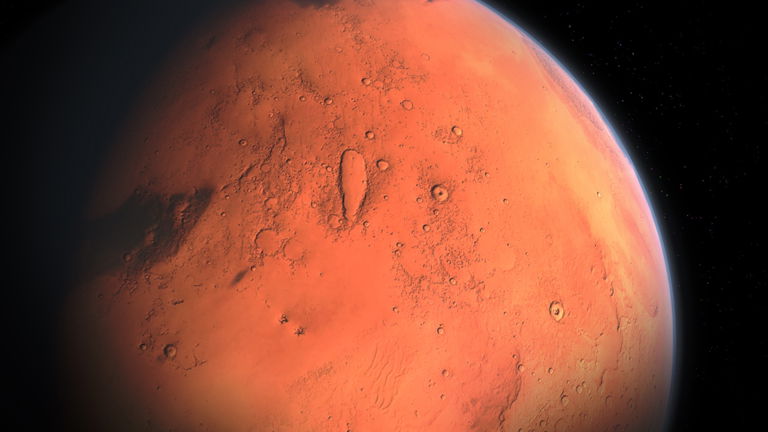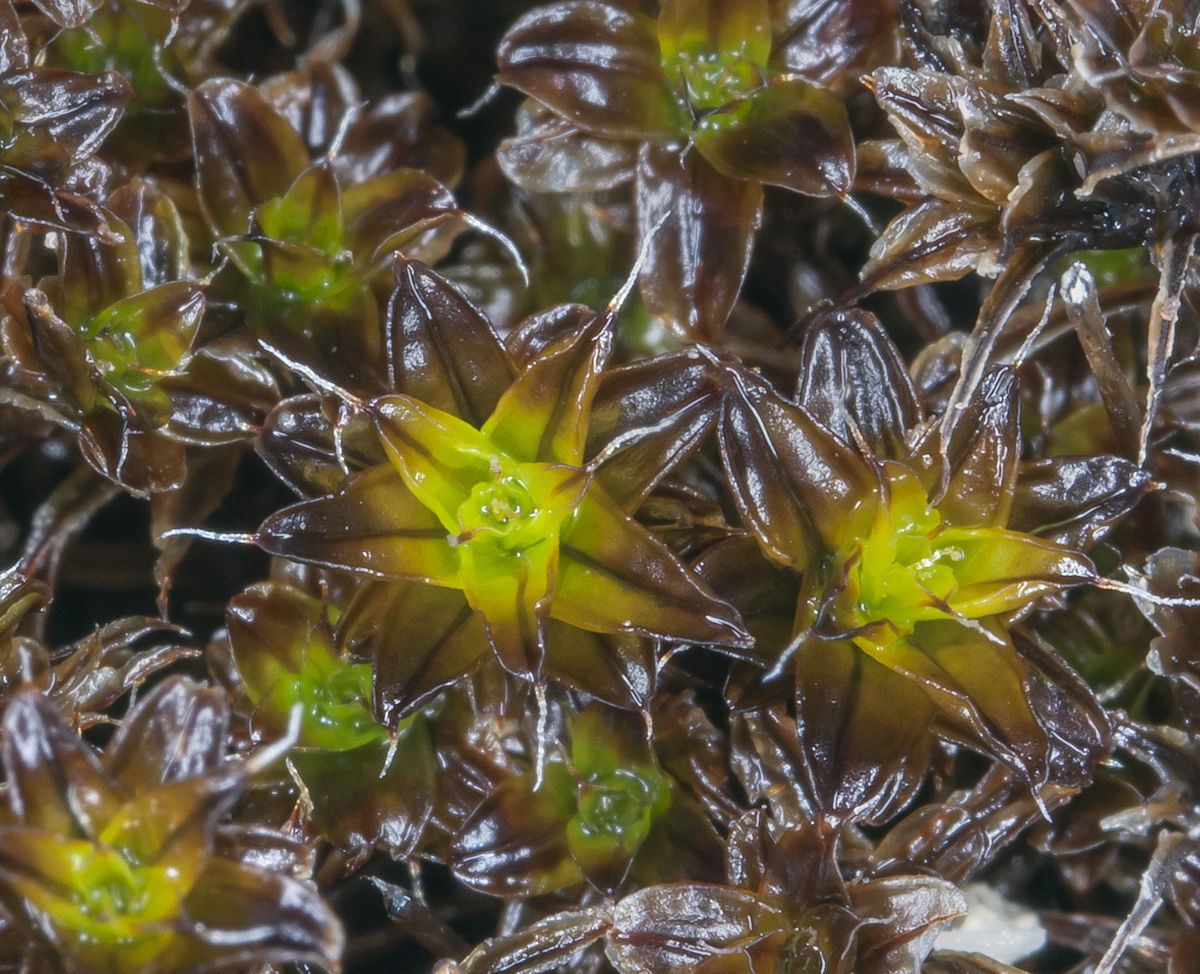
Scientists from the Chinese Academy of Sciences have successfully tested the resistance of a moss called Syntrichia canivervis. This organism inhabits the most hostile regions of the Earth, from Antarctica to the Mojave Desert. Its ability to adapt to practically any terrain, even the conditions of Mars, could make it a key player in the colonization of the red planet.
One of the most resilient organisms
During the experiments, moss has been introduced under extreme conditions, including temperatures of -80° Celsius for five years or -196° in a tank of liquid nitrogen. It has also been tested in simulated environments with an atmosphere extremely rich in carbon dioxide and radiation that would quickly wipe out a human, of 500 Gy (a human would die in weeks with 3-5 Gy). As if that were not enough, it is capable of drying out by 98% and staying alive.

These are similar conditions to those of Mars, one of the closest planets to Earth, although surprisingly not as close as Mercury. On the red planet, the conditions for life as we know it are non-existent, since there is hardly any liquid water, but its tenuous atmosphere is even a greater problem, with solar radiation that would wipe out practically any organism.
Another of the great problems of Mars is its temperatures. Hot days on the planet are around 20º, but temperatures are usually below zero, reaching -150º. Being farther from the Sun than the Earth, its temperatures are considerably lower.
But then why send moss to Mars? “It can help boost the atmospheric, geological, and ecological processes necessary for other higher plants and animals, while facilitating the creation of new inhabitants conducive to long-term human settlement,” says the report published in the journal Science Direct.
- Photo by John Game (flickr) Syntrichia caninervis) – CC BY 2.0

Comments